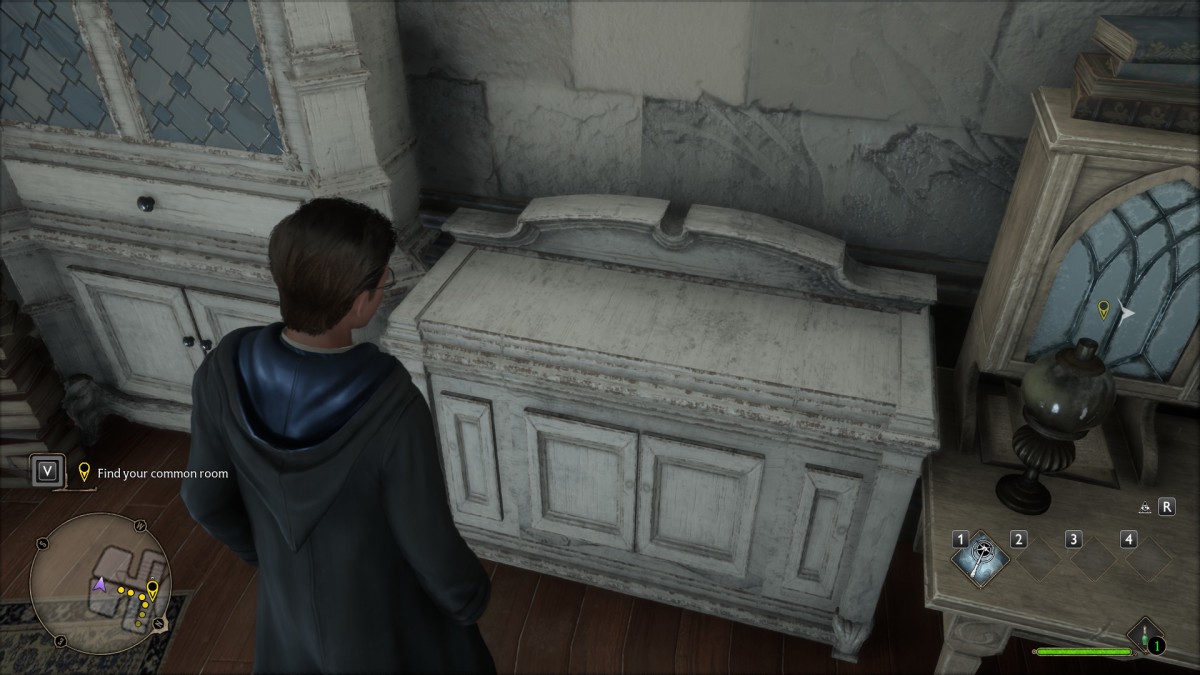Hogwarts Legacy PC settings: best options for high FPS and good graphics

Contents
Hogwarts Legacy allows you to explore a beautiful open world full of magic, but only the best Hogwarts Legacy PC settings make this journey truly enjoyable – after all, it’s no fun watching a slideshow when you should fling spells with your wand and dodge enemy attacks. As always, you’ll need to strike a balance between fantastic optics and smooth gameplay with stable FPS.
A few places in Hogwarts Legacy are demanding for your GPU, especially when there are lots of creatures on screen. As a result, you may experience some FPS drops depending on the area you’re currently in. Also, be sure to check if your PC even hits the minimum requirements for Hogwarts Legacy.
If you’re playing on console, check our Hogwarts Legacy PS5 settings guide to find the best mix of options for you.
Hogwarts Legacy PC settings: Our system
First things first, here is the machine we played Hogwarts Legacy on:
- CPU: 11th Gen Intel Core i9-11900KF
- GPU: NVIDIA GeForce RTX 3090
- RAM: 32GB of Kingston HyperX Fury RGB DDR4, 3,200MHz
- Motherboard: MSI MPG Z490 GAMING EDGE WIFI
- OS: Windows 10, 64-bit
When we started up the game, the recommended settings put everything on Ultra, but turned the Ray Tracing options off. This gave us very stable FPS numbers during cutscenes and gameplay, though drops did happen in areas with lots of beings on screen.
That is one thing that every PC seems to have in common, so let's work on stabilizing this situation.
Hogwarts Legacy PC settings: Where to start
If you’re unsure about the best settings for your specific system, we suggest that you use the “Run Benchmark” option in the settings menu. This will recommend settings for your PC based on its performance.
You can then use these settings as a base and downgrade some options to stabilize your FPS while keeping as much visual fidelity as possible. We have a list of priorities for you below, which should help you get started on finetuning your settings.
Hogwarts Legacy PC settings: Best options to gain FPS
We found that consistent FPS gains could be made through the quality reduction of the following settings, with options listed higher having the greatest impact:
- Ray Tracing (Ambient Occlusion, Shadows, Reflections)
- View Distance Quality
- Texture Quality
- Effect Quality
- Fog Quality
- Shadow Quality
- Post Process Quality
- Material Quality
- Foliage Quality
You’ll never stop the FPS from dropping a bit in busy areas, but lowering these settings helps with consistency, smoothing out the overall visual experience you’ll have.
Ray Tracing should always be the first option you get rid of: It eats up performance and it’s not actually that well executed in Hogwarts Legacy. Ambient Occlusion doesn’t make a difference in most cases, while Reflections and Shadows are somewhat noticeable, but lead to errors more often than not. At the moment, we recommend turning Ray Tracing off even if you’re not looking to maximize FPS.
View Distance Quality is something you should definitely reduce if you’re having FPS problems in the open world. Texture Quality also can net you some solid gains and is honestly not that impactful when it comes to the visuals. The same goes for Fog Quality, which again is mainly an outside-the-school thing. These three options should have high priority for you.
The options for Shadow Quality, Material Quality, and Foliage Quality make a lot more difference when it comes to how beautiful the game looks, but thankfully they have a relatively low impact on FPS. Still, if you’re struggling with drops, then you’ll have no choice but to lower them as well.

An interesting omission from the graphics options Hogwarts Legacy offers is a regular Fullscreen option, which is usually best for high FPS, so you’ll have to be content with Windowed Fullscreen. Let’s hope Avalanche Software delivers an actual Fullscreen setting at a later date.
It might also be worth capping your FPS at 60 if you’re struggling, instead of using the uncapped mode. NVIDIA DLSS and AMD FSR are available in Hogwarts Legacy and these upscaling options can help to boost your FPS as well without having a negative impact on your visual experience.
You can also read our Hogwarts Legacy review and check the Hogwarts Legacy walkthrough for more information on the game.
